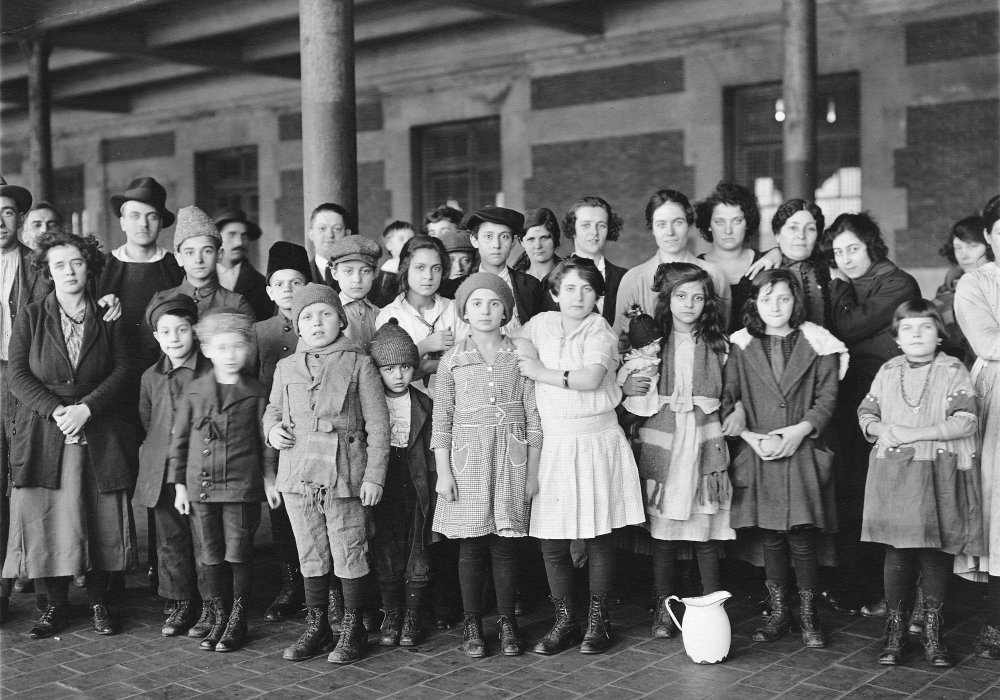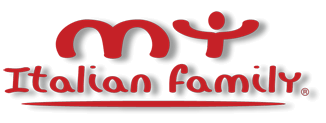Celebrate National DNA Day!

As Italian-Americans, most of us have an understanding that our ethnic background is mixed — you might consider yourself to be half Italian, a quarter German, and a quarter English. In reality, Italy and other nations have their own dynamic histories. Your Italian ancestors may have migrated from France a thousand years ago, or from Turkey three hundred years ago.
What, then, does it really mean to be Italian? Modern DNA testing helps flesh out a picture with concrete information. And along with the scientific data comes direct matches to your living relatives in Italy and across the globe.
What Do You Learn from DNA Testing?
As you may recall from high school science classes, your actual DNA involves random variations. You might have very little DNA from one grandmother, but your sibling may have quite a bit of her blood. DNA testing provides valuable info about your exact makeup.
The results give you a breakdown of how much DNA you inherited from different countries or regions. Your percentage of Italian DNA versus British, Middle Eastern, or Scandinavian, for example. You may be “half Italian” based on your grandparents’ birthplaces, but DNA testing may tell a slightly (or significantly) different story.
The AncestryDNA test may be the best place to start. Ancestry.com uses a vast database of genetic information to deliver specific breakdowns. More work is necessary to dive into the specifics (for example, you will see percentages for general regions such as “Italy/Greece” and “Europe West”). The Ancestry archive of historical documents and users’ research helps paint a clearer picture.
Family Tree DNA offers three kinds of tests: a test for the maternal line, a paternal test available only to men (because you need a Y-chromosome), and a Family Finder test that works much like AncestryDNA. You can also transfer data from Ancestry and potentially discover more info for free within the Family Tree DNA database. Avid genealogists love this site, and communicating with matches is very easy — so it’s a great place to make connections with Italian relatives with wonderful information to share.
The most accurate and specific genealogical information can usually be found through 23andMe. Their database can often determine your ancestors’ countries and regions with the highest specificity. They also provide a health analysis for insight into medical risk factors. 23andMe is less geared toward finding and communicating with relatives, but the wealth of information makes it a valuable tool for genealogical research.
But DNA alone can only tell a partial story; family documents can complement it with names and dates that create a link between you and your past.
